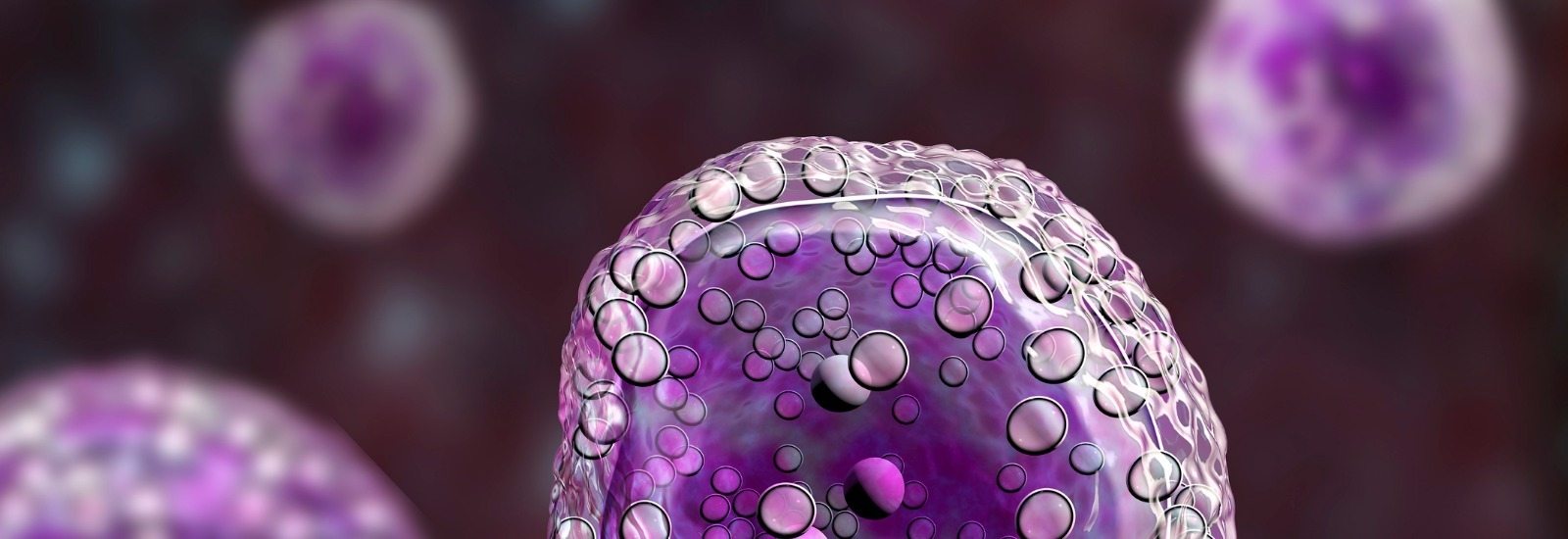
Cutaneous T-Cell Lymphoma
What is Cutaneous T-Cell Lymphoma?
Cutaneous T-Cell lymphoma (CTCL) is a rare type of Non-Hodgkin’s Lymphoma (NHL) which specifically affects T-cells. In its most prevalent form (Mycosis Fungoides), early stage disease is characterized by waxing and waning tumors, lesions and plaques representing migration of the malignant T-cells to the skin. More severe disease (called Sézary Syndrome) is characterized by more systemic disease and has a lower survival rate. Treatment of early stage disease provides symptomatic relief and may slow disease progression. While there are no FDA-approved first-line therapies, there are off-label treatments as well as a number of therapies for second-line treatment and severe disease. CTCL is usually a chronic disease, requiring life-long attention. Therefore, treatment options must be carefully managed to minimize side effects, including potential risks for more serious cancer such as melanoma.
Some Quick Facts About CTCL
- CTCL includes a number of different T-cell cancers and represent approximately 6% of the almost 700,000 Non-Hodgkin’s Lymphomas in the US
- CTCL cancers are generally indolent in time course, meaning they spread slowly and are usually not life-threatening particularly in the early stages of disease
- CTCL is more common in men than women and generally occurs more often in patients older than 50 years of age. Since the disease has a slow course and diagnosis is sometimes difficult, there are probably many more people living with CTCL than currently estimated
More information on CTCL can be found at the Cutaneous Lymphoma Foundation.
Symptoms of Cutaneous T-Cell Lymphoma
CTCL symptoms are often characterized by a skin rash looking like eczema or psoriasis and this presentation is often diagnosed as the subtype Mycosis Fungoides. The lesions generally occur in areas not exposed to sun and can be scaly and/or itchy. It can be difficult to treat and can be present for years prior to diagnosis. The disease can progress to tumors on the skin and may spread to the lymph nodes, liver, spleen, lungs or blood. The 5-year survival rate for Mycosis Fungoides is approximately 88%.
Sézary Syndrome is a more aggressive lymphoma where the malignant cells are in the skin, blood and lymph nodes. It is characterized by more wide-spread involvement of the skin on the body and can look like sunburn with red, itchy and peeling skin. Disease progression can involve other organs and patients with Sézary Syndrome often have weakened immune system and higher risk for infection. The 5-year survival rate for Sézary Syndrome is approximately 24%.
More detailed information on CTCL can be found in our Reference Literature.
Cutaneous T-Cell Lymphoma Treatment Options
Treatment for CTCL can be divided into 2 main treatment types: skin-directed therapies and systemic therapies. In the context of a more indolent disease course, and chronic disease, side-effect profiles of the various treatment options must be carefully managed.
There is NO FDA-approved first-line therapy for CTCL.
Skin-directed (topical) Therapies
Directed specifically to the skin to minimize systemic side effects, skin therapies can nonetheless be associated with a number of significant side effects, including increased risk of skin cancer.
Specific Skin-Directed Therapies
Systemic Therapies
Generally reserved for more severe/advanced disease, systemic therapies involve whole-body exposure to the therapy.
Specific Systemic Therapies
Where Soligenix Comes in
HyBryte™ is designed to be a safe alternative for front line treatment of CTCL, ideally enabling patients to undergo more treatments to manage their disease while accumulating significantly less risks/toxicities.
HyBryte™ is a synthetically manufactured hypericin ointment which is combined with a precise dose of visible fluorescent light to deliver a photodynamic therapy.
Hypericin is one of the most photoactive compounds known – it is easily activated with relatively low energy light. This makes it ideal for photodynamic therapy because it can be activated with fluorescent light, instead of UV A or UV B light, which are associated with increased cancer risks.
HyBryte™ has demonstrated positive and statistical significant results in Phase 1, 2 and 3 clinical studies. Soligenix is currently working with the FDA and EMA to design a second, confirmatory Phase 3 study to support potential marketing approval.
Helpful Resources
Information on CTCL disease progression and treatment options is also available at the following sites: